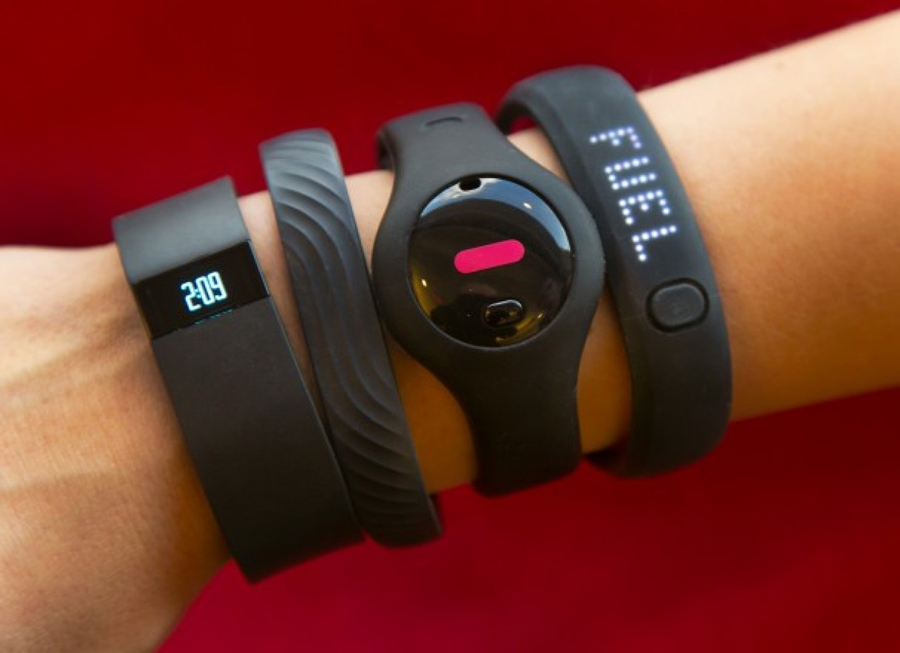Silicone to lead the wearable materials market, forecast at $2.9 billion by 2023

According to the research report, "Wearable Materials Market by Application (Consumer Electronics, Medical, Industrial), Type (Silicones, Polyurethanes, Fluoroelastomers), Region (APAC, North America, Europe, South America,and Middle East and Africa) - Global Forecast to 2023," published by MarketsandMarkets, the wearable materials market size is projected to grow from $1.5 billion in 2018 to $2.9 billion by 2023, at a CAGR of 15.0 percent between 2018 and 2023.
Increasing consumer preference for sophisticated gadgets, growing popularity of connected devices and rising disposable income are driving the wearable materials market. Volatility in raw material prices and lack of durable, supple materials restrain the growth of the wearable materials market. Consumer electronics are the largest application for wearable materials.
The market for wearable consumer electronics encompasses a number of wearable devices related to fitness and sports, entertainment and multimedia, and garments and fashion. Factors such as increasing consumer demand and rapid miniaturization of sensor technology have contributed to the growth of the wearable market, which in turn has increased the demand for wearable materials.
The silicones segment is expected to lead the overall wearable materials market during the forecast period. Silicone has been considered as biocompatible and can be used in a broad array of skin care applications, including peel and stick technology for wearable skin applications and biomedical grade silicones for wearable medical devices. Silicone is much more breathable than any other organic polymer, which entails increased patient comfort. These materials adapt well to the body contours for greater comfort and better fit. APAC is the largest market for wearable materials owing to the high demand for low-cost wearables. Growing population and increasing disposable income are driving the wearable materials market.
China, Japan and South Korea are some of the key wearable materials markets in the region. APAC offers huge opportunities for market players. Emerging economies such as India are also expected to contribute substantially to the growth of the wearable materials market. The wearable materials market in the consumer electronics segment in the APAC region is projected to register a strong CAGR between 2018 and 2023. The high demand for wearables such as low-cost activity and fitness bands is driving the market in the consumer electronics segment in the region.
The key players in the wearable materials market include, BASF (Germany), DowDuPont (U.S.), Wacker Chemie (Germany), DSM (Netherlands), Arkema (France), Eastman Corporation (U.S.), Shin-Etsu (Japan), Elkem (Norway), Momentive Performance Materials (U.S.) and Lubrizol (U.S.). These players have established a strong foothold in the market by adopting strategies such as expansion, new product launches, and mergers and acquisitions.
Source: Rubber World Magazine





